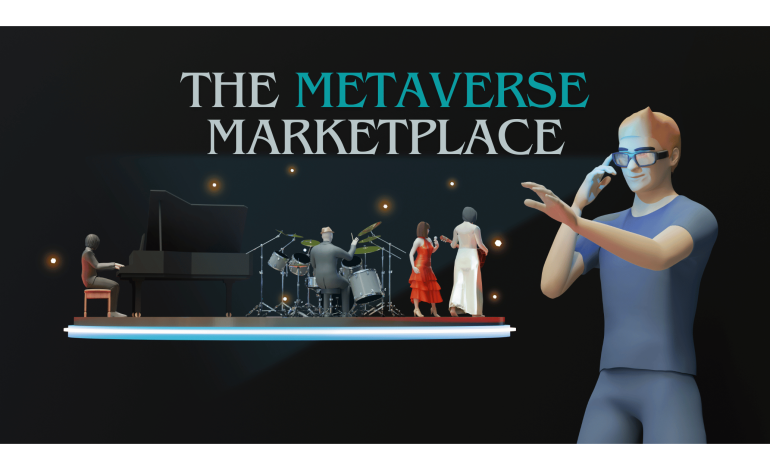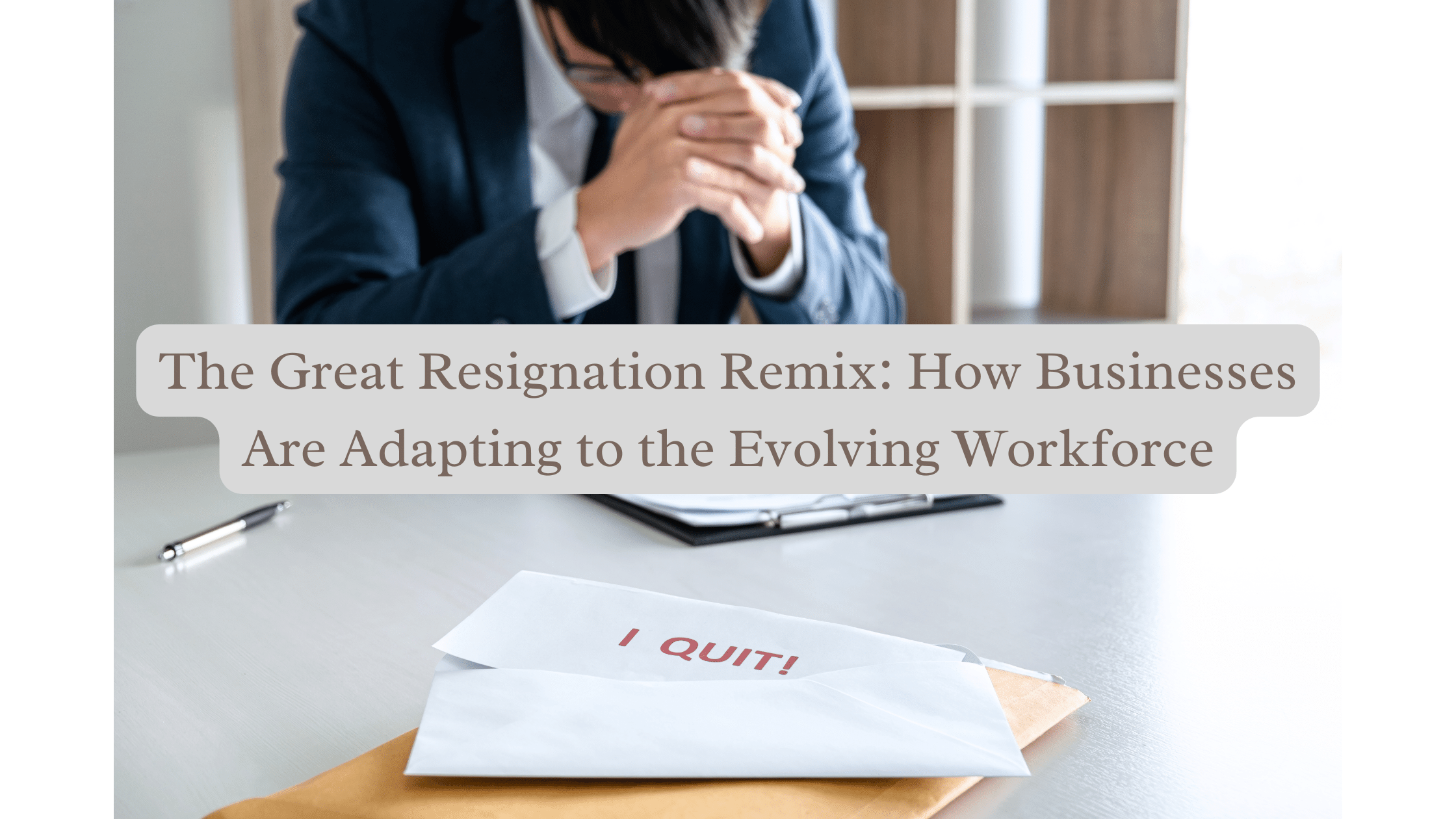
The Metaverse Marketplace: How Brands Can Prepare for the Next Frontier of Commerce
Table of Contents
The rise of the metaverse, a persistent, immersive virtual world, presents a paradigm shift for how we interact, socialize, and even shop. This nascent digital landscape holds immense potential for brands, offering a new frontier for commerce unlike anything the world has seen before. This article explores the potential and challenges of selling in the metaverse, outlining key considerations and strategies for brands to prepare for this exciting new frontier.
Demystifying the Metaverse Marketplace
The metaverse isn’t a singular entity but a network of interconnected virtual worlds where users can exist as avatars, interact with each other, and engage in various activities. These activities include attending virtual concerts, playing games, socializing in virtual spaces, and, crucially for brands, shopping.
The metaverse marketplace presents a unique opportunity for brands to:
Create Immersive Shopping Experiences:
Imagine stepping into a virtual store and browsing through products in 3D. Customers can interact with virtual representations of products, try them on virtually, and even socialize with friends in these immersive environments.
Forge Deeper Customer Connections:
The metaverse allows for a more personal and interactive shopping experience. Brands can host virtual events, product demonstrations, and interactive experiences that foster deeper customer relationships.
Reach New Audiences:
The metaverse transcends geographical boundaries, allowing brands to connect with a global audience of potential customers. This opens doors to untapped markets and demographics.
Embrace New Revenue Streams:
Virtual products, like clothing for avatars or exclusive in-game items, create entirely new revenue streams for brands. Additionally, advertising opportunities within the metaverse hold significant potential.
Challenges of Selling in the Metaverse

While the potential is vast, there are challenges brands need to consider before venturing into the metaverse marketplace:
- Evolving Technology: The metaverse is in its early stages, and the underlying technology is constantly evolving. Brands need to be adaptable and prepared to invest in keeping pace with these changes.
- Standardization and Interoperability: Currently, there’s no single metaverse platform. This lack of standardization can be a hurdle for brands, requiring them to potentially adapt their offerings for different virtual worlds.
- Building Trust and Security: User trust and data security are paramount concerns in the virtual world. Brands need to implement robust security measures to protect user data and build trust with customers.
- Evolving Consumer Behavior: While the metaverse is gaining traction, user behavior and preferences within this new landscape are still evolving. Brands need to be agile and adapt their strategies based on the evolving needs and expectations of metaverse users.
Preparing for the Metaverse Marketplace: A Brand Playbook
So, how can brands prepare for the metaverse marketplace? Here are some key steps:
- Understanding Metaverse Demographics: Conduct research to understand the demographics of your target audience within the metaverse. Understanding their preferences and behavior will guide your strategy.
- Experimenting with New Technologies: Explore and experiment with technologies like virtual reality (VR), augmented reality (AR), and blockchain, which are foundational elements of the metaverse.
- Developing a Metaverse-Ready Brand Identity: Consider how to translate your brand identity into the virtual world. This could involve creating virtual storefronts, avatars, or even interactive experiences aligned with your brand image.
- Building Partnerships: Collaborate with metaverse technology companies or other brands to create a more compelling and immersive experience for customers.
- Planning Content Strategy: Develop a content strategy specific to the metaverse. This could involve creating virtual events, interactive games, or engaging storytelling experiences to draw customers in.
The Future of Metaverse Commerce: A Collaborative Evolution

The metaverse marketplace is still in its early stages, and its full potential is yet to be realized. Brands that embrace experimentation and adopt an agile approach will be best positioned to thrive in this new frontier.
Here are some potential future trends to keep an eye on:
- The Rise of the “Metaverse Native” Brand: Entirely new brands designed specifically for the metaverse could emerge, catering to the unique needs and desires of metaverse users.
- Convergence of Physical and Virtual Experiences: The metaverse could blur the lines between physical and virtual shopping. Imagine trying on clothes virtually in a metaverse store and then having them delivered to your physical address.
- The Power of User-Generated Content: The metaverse could empower users to create their own virtual goods and experiences, potentially disrupting traditional brand dominance.
FAQs on the Metaverse Marketplace
Q: Do I need a virtual reality headset to participate in the metaverse marketplace?
A: Not necessarily. While VR can enhance the experience, some metaverse platforms are accessible through computers or mobile devices.
Q: How can I secure my digital assets in the metaverse?
A: Look for metaverse platforms that offer robust security features like user authentication and encryption for digital assets.





